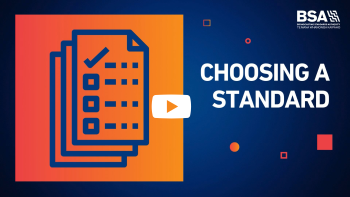Check out our bite sized guides to safe viewing and listening, and the complaints process


An outline of how the broadcasting standards complaints process works

How to know which broadcasting standard applies

The Codebook contains broadcasting standards, guidelines and commentary for radio, pay TV and free-to-air TV.

Guidance on types of complaints that are least likely to be upheld
News and Media Releases
News and Media Releases ›All Decisions
All Decisions ›FREQUENTLY ASKED QUESTIONS
All FAQ's ›You must complain to the broadcaster first (unless your complaint is about privacy only or about election programmes, in which case you can send it straight to the BSA). To go through the BSA process, it has to be a ‘formal complaint’.
If you just want to let the broadcaster know your concerns, or it’s not an issue that can come to the BSA, it will be considered an ‘informal complaint’.
Contact details for major broadcasters are here.
If the programme you are complaining about was broadcast on or after 1 July 2022, you can complain to the BSA about the following issues under the new Broadcasting Standards Codebook:
- offensive and disturbing content
- children’s interests
- promotion of illegal or antisocial behaviour
- discrimination and denigration
- balance
- accuracy
- privacy
- fairness
To help you decide which is most relevant to your concerns see our guide to choosing a standard. The standards are explained in more detail in the Broadcasting Standards Codebook.
You can also complain to us about election programmes, which come under a separate code.
All decisions on complaints can be seen on our website here.
You can find out more about the number and types of complaints in our Annual Reports.
We don’t oversee content for on-demand services, apart from certain exceptions:
- Under a special agreement, we deal with content standards and complaints for Neon.
- We can consider complaints about broadcast content that’s then put online, as long as you can point to the original broadcast and complain within 20 working days of this.
Some on-demand providers such as Netflix and Lightbox have signed up to the NZ Media Council VOD Code which sees programmes classified to help people make informed viewing choices.
On YouTube, if you see content you believe violates the platform’s Community Guidelines you can report it directly to YouTube. More information is available on YouTube’s website here.
The Advertising Standards Authority (ASA) deals with most advertisements for products, services or organisations on TV, radio, the internet, print and billboards.
Contact the ASA by email at asa@asa.co.nz or phone 0800 234 357.
The BSA can consider complaints about ‘promos’ for upcoming programmes, but these must be sent to the broadcaster in the first instance.
We also consider complaints about election programmes (which might appear as short promotional/campaign clips for political parties or candidates, on TV or radio).
The BSA has no such powers. We become involved only when formal complaints come to us about specific programmes.
Broadcasters that make more than $500,000 in annual revenue from broadcasting in New Zealand pay a set proportion of this to the BSA. This ‘broadcasting levy’ helps fund the standards system and BSA operations.
For more information, see Broadcasting Levy.


